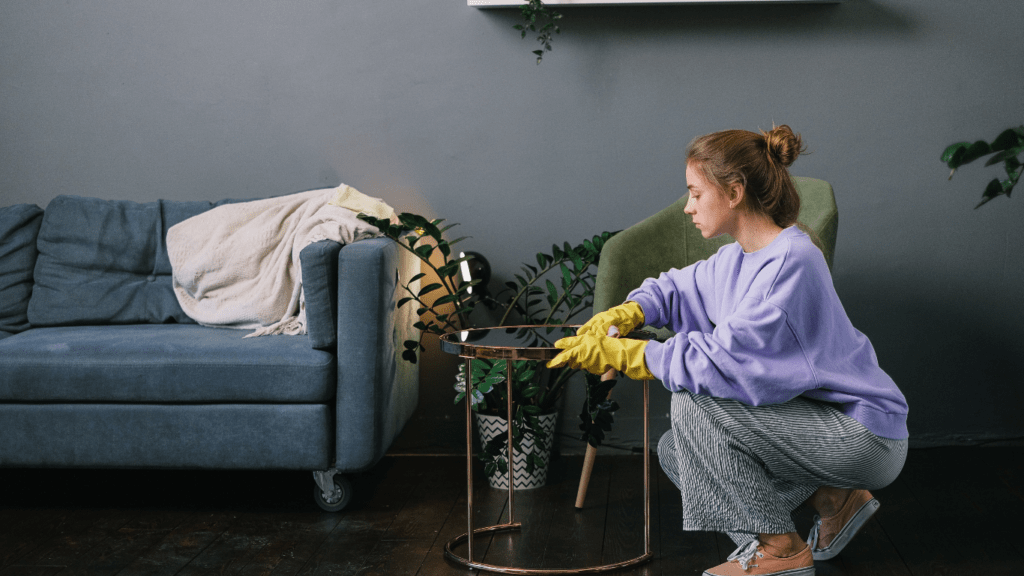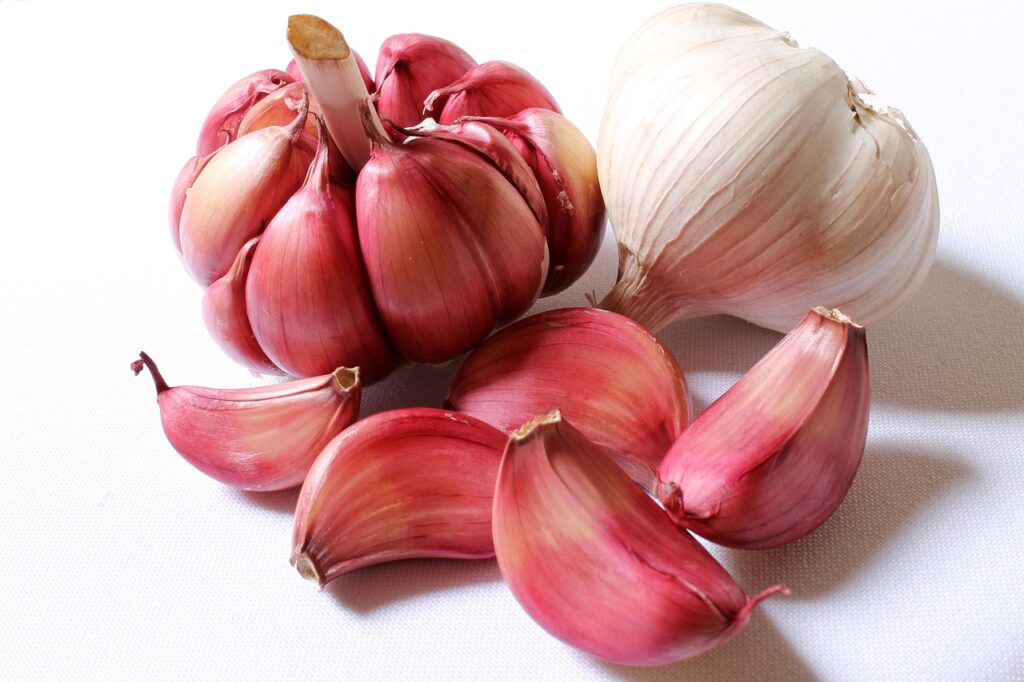Understanding Home Detoxification
Detoxing a home involves removing harmful substances from it. This process improves air quality, reduces exposure to toxic chemicals, and creates a healthier environment.
What Is Home Detox?
Home detox involves eliminating pollutants from living spaces. These pollutants come from common items.
- cleaning products
- furniture
- air fresheners
Often contain harmful chemicals.
Implementing natural alternatives and regular cleaning helps reduce these toxins. Using devices like air purifiers can also improve indoor air quality.
Importance of Detoxifying Your Home
Detoxifying a home guards against health risks. Indoor pollutants cause respiratory issues and allergies. According to the EPA, indoor air can be 2 to 5 times more polluted than outdoor air.
Lowering chemical exposure benefits everyone, especially children and pets. It also promotes better sleep and reduces stress by creating a clean and natural living space.
Strategies for Chemical Detoxification

Chemicals present in cleaning products, air fresheners, and household items can degrade indoor air quality. Implementing effective strategies can help detox your home.
Eliminate Toxic Cleaning Products
Selecting non-toxic cleaning products reduces exposure to harmful chemicals. Prioritize items labeled free from:
- phthalates
- parabens
- sulfates
Baking soda and vinegar can effectively clean surfaces without releasing toxins.
For example, mix equal parts vinegar and water for an all-purpose cleaner. Using such alternatives promotes a healthier environment.
Choose Natural Air Fresheners
Opting for natural air fresheners improves air quality by avoiding synthetic chemicals.
- Essential oils offer an aromatic option without harmful side effects.
- Lavender, lemon, and eucalyptus oils can freshen spaces naturally.
- Diffusers can distribute these oils effectively.
This approach maintains a pleasant scent without compromising health.
Tips for Reducing Indoor Pollutants
Reducing indoor pollutants is essential for maintaining a healthy home environment. Implementing effective strategies can significantly diminish harmful substances present in your living space.
Improving Ventilation
Effective ventilation enhances indoor air quality by reducing contaminants. I recommend opening windows regularly to allow fresh air circulation, especially in areas with poor air quality.
Installing exhaust fans in bathrooms and kitchens helps remove moisture, smoke, and odors. For more efficient air purification, consider using air purifiers with HEPA filters. Ensure HVAC systems receive regular maintenance to avoid recirculating pollutants.
Controlling Humidity and Mold Growth
Maintaining ideal humidity levels (30-50%) minimizes mold growth, which exacerbates respiratory issues. I suggest using dehumidifiers in high-humidity areas like basements.
Fix leaky pipes and roofs promptly to prevent moisture buildup. Ensure proper ventilation in bathrooms and kitchens to dry wet surfaces quickly. Use mold-resistant products in vulnerable areas to inhibit mold formation.
Choosing Safe Household Items
Selecting safe household items is essential for maintaining a toxin-free environment in your home. Choosing non-toxic and eco-friendly options can significantly impact your well-being.
Selecting Non-Toxic Furniture
Choosing non-toxic furniture involves considering materials, finishes, and certifications.
Opt for furniture made from natural materials like solid wood, bamboo, or metal, avoiding particleboard due to formaldehyde emissions.
Look for finishes free from volatile organic compounds (VOCs), such as water-based stains and paints. When possible, select items with certifications like GREENGUARD or OEKO-TEX, which ensure low chemical emissions and safer indoor air quality.
Safe Cookware and Kitchenware
Safe cookware and kitchenware are vital for reducing exposure to harmful substances while cooking and eating. Avoid non-stick cookware that often contains polytetrafluoroethylene (PTFE) or perfluorooctanoic acid (PFOA), which can release toxic fumes when heated.
Instead, choose stainless steel, cast iron, or ceramic alternatives. For kitchenware, opt for glass, stainless steel, or BPA-free plastics to minimize the risk of chemical leaching into food.


 is the visionary founder of Eco Elegance Technique, a platform dedicated to blending sustainability with beauty and fashion. With a background in environmental science and fashion design, Lauranne has spent her career pioneering eco-friendly practices in both industries. Her work has influenced a shift towards ethical sourcing, waste reduction, and the use of organic materials. Passionate about education, she frequently speaks at conferences and works to inspire others to embrace a sustainable lifestyle.
is the visionary founder of Eco Elegance Technique, a platform dedicated to blending sustainability with beauty and fashion. With a background in environmental science and fashion design, Lauranne has spent her career pioneering eco-friendly practices in both industries. Her work has influenced a shift towards ethical sourcing, waste reduction, and the use of organic materials. Passionate about education, she frequently speaks at conferences and works to inspire others to embrace a sustainable lifestyle.
